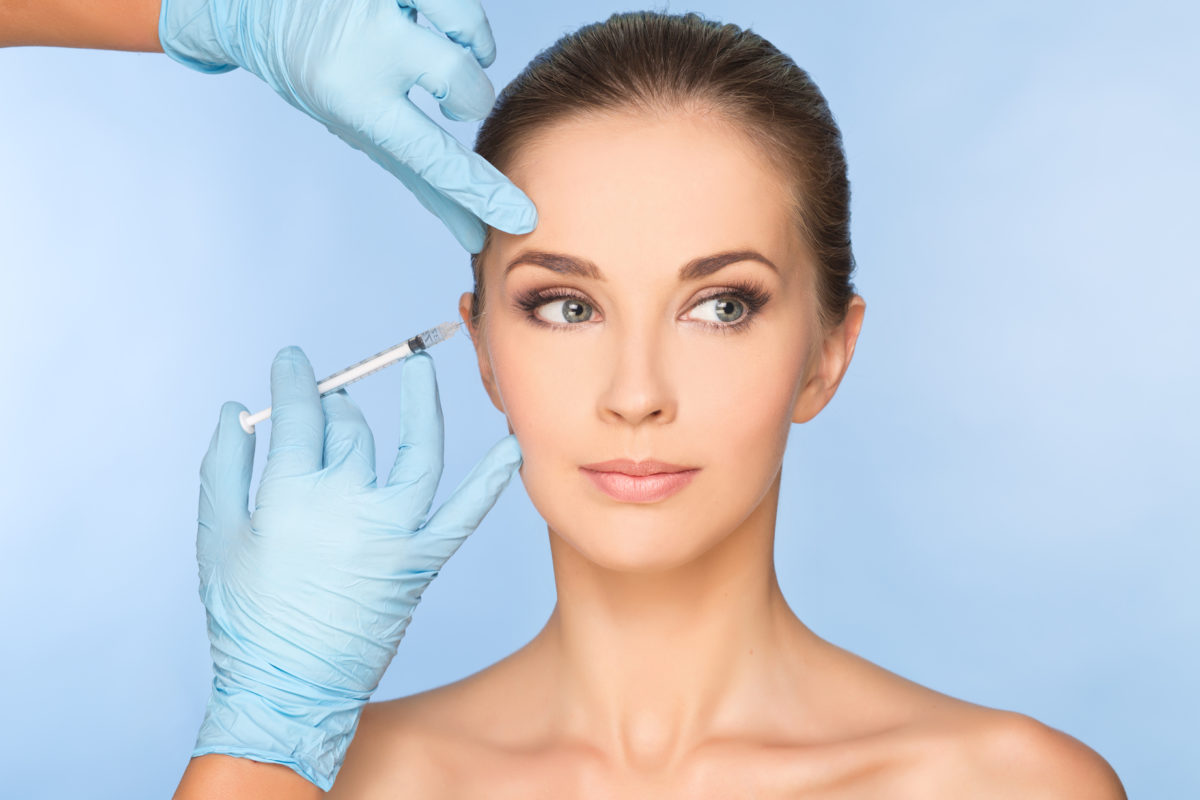In the 21st century, people have begun to move on from going under the knife in order to regain the looks of their youth. Many are opting to instead enjoy the benefits of treatments such as Ultherapy non-surgical facelifts.
People are opting for Ultherapy because it tends to offer a more natural look than cosmetic surgery. It puts the face back where it was rather than pulling loose skin tight.
The power of ultrasound
Ultherapy does its work using ultrasound that penetrates through the outer layer of the skin to deeper layers below to stimulate the production of collagen and elastin. The body produces less of both from the age of about 30 onwards, but ultrasound gets the production going again to create a natural lifting effect without affecting the outer layers of the skin.
Collagen and elastin are both proteins that give the skin its structure and ‘bounce back’.
The treatment
Ultherapy treatments on the face and neck take 60-90 minutes, while the treatment of the chest area takes about 30 minutes. People will see results after two to three months to get results that last, although there will be evidence of tightening almost from the first treatment. It takes two to three months for the work to stimulate the production of collagen and elastin to come through and replace old tissue.
Most patients only need one treatment and the results can last for over a year, but the skin continues to age so many people opt to have top up treatments.
Ultherapy works best on people with mildly to moderately loose skin. As it is targeting the deep layers of the skin, some people may find the treatment uncomfortable. However, the discomfort only occurs while the treatment is being carried out. Some practitioners may recommend taking painkillers before the treatment.
When people finish their treatment, their skin might be flushed red for a while, but this will disappear over the next few hours.
The best way to find out if this treatment is suitable is to contact a local practitioner, who can assess the skin, and see if it will respond to the ultrasound well enough to have treatment.




